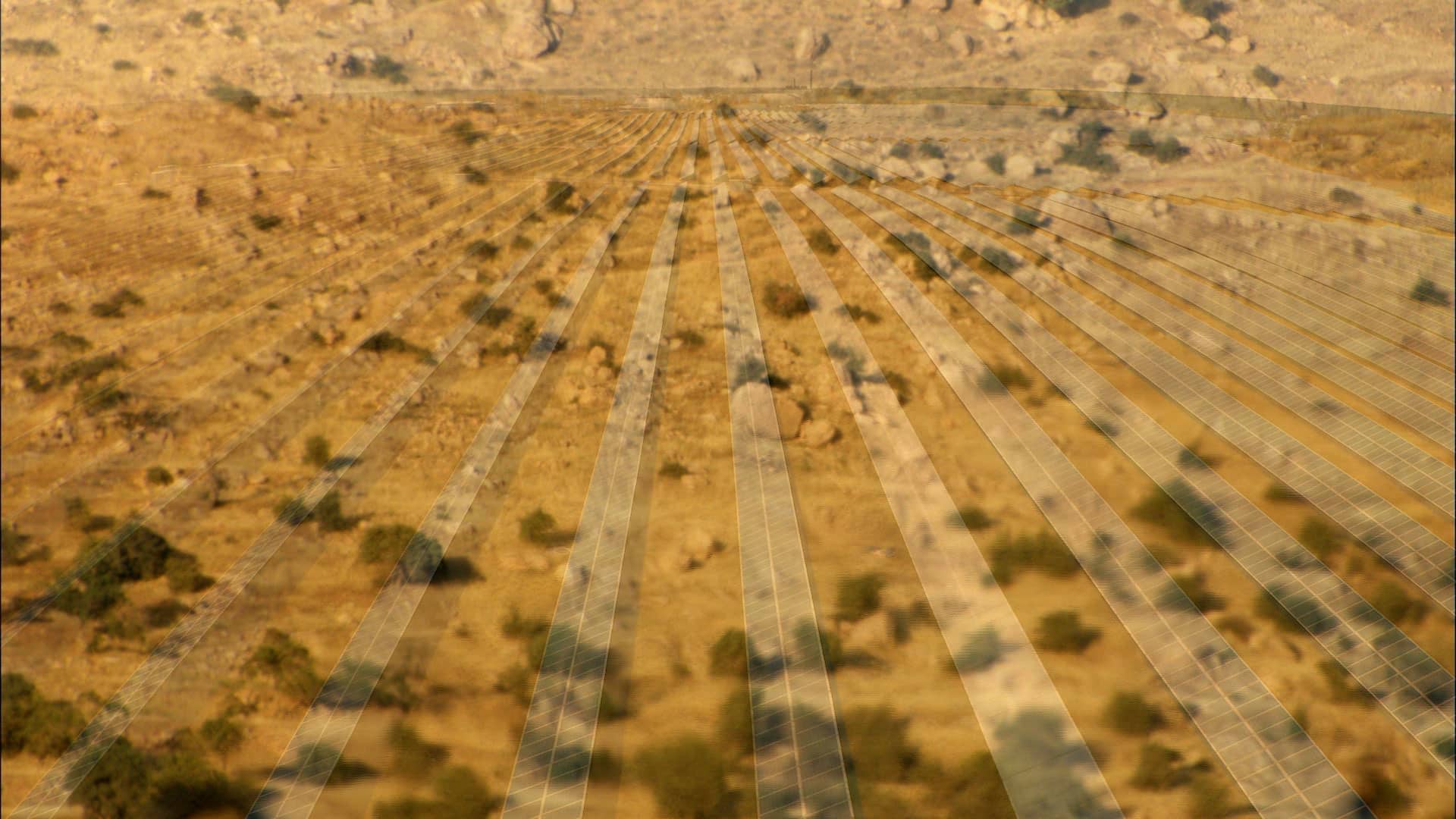
Solar Power: A Lifeline for Texas During Intense Summer Heat Wave
Texas has endured a punishing heat wave this June, with residents keeping their eyes on the state’s power grid hoping that the intensely high temperatures and record energy demand don’t cause any catastrophic grid failures. Luckily, the same sun that’s causing high energy demand is also the one that vast new solar farms are harnessing to keep the power on and avoid energy shortfalls.
One reason solar energy has been so crucial for grid resilience this month is that wind has been underperforming in the daytime—a high pressure system is covering the land, creating a “heat dome” and decreasing wind energy generation across the entire state. Increased solar capacity in Texas is taking on the increase in demand, though the consistent triple-digit days makes the need for more reliable and diverse energy sources across Texas extremely evident.
The Texas Solar Surge
Energy analysts credit the diversity of Texas’ energy sources for keeping the power on amid this heat wave. Yet solar, with its remarkable growth across the state in recent years, has played a crucial role in meeting the surging energy demands and keeping the power grid stable this past month. This growth, which went from 2,600 megawatts in 2019 to 16,800 this May, is bolstering the state’s resilience during times of peak energy consumption. Additionally, Texas is poised to install enough infrastructure to produce nearly twice as much new solar power as California between 2024 and 2028, according to a recent Solar Energy Industries Association and Wood Mackenzie report. The abundant sunlight in Texas, combined with favorable policies and falling solar panel prices, has spurred this solar surge.
Energy Synergy
Like any power source, however, solar has limits—it can’t produce power 24 hours a day and therefore must be coupled with other energy sources that use different attributes. During the summer, grid conditions become most strained in the early evenings, with 8 p.m. identified as ERCOT’s riskiest hour in its reliability assessment. Where grid operators once planned to meet peak power demand at the height of the day, now they need to plan for the evening hours when temperatures are still high but solar output wanes. Batteries and natural gas plants help in those critical hours before the winds typically pick up and wind power increases. Across the energy matrix right now, every resource is working together throughout each 24-hour period.
Yet, without the added solar resources, the Texas grid would be in dire straits during midday hours, having to rely on older, inefficient natural gas plants that operate only during periods of peak demand. This would risk pushing them to the edge of their capacity and seeing them break down for days or weeks at a time. “Having solar provide during the hottest parts of the day is allowing our thermal fleet to not run itself into the ground as fast,” says Josh Rhodes, a research scientist at the University of Texas at Austin. It’s also saving Texans money—keeping a lid on electricity costs by replacing expensive gas-powered plants with relatively inexpensive solar.
Solar Saves Consumers Money
One of the most compelling reasons behind the increasing popularity of solar energy in Texas is its cost-effectiveness. Solar power is considerably cheaper than running natural gas or coal plants, which have traditionally been the primary source of energy in the state, and the cost savings associated with solar energy have translated into lower electricity bills for consumers. Nevertheless, unexpected power plant and transmission outages can still trigger price spikes in the state, especially if they come when extreme weather is straining the grid. The best way to protect yourself from these price spikes is to invest in solar power yourself, making you energy independent and no longer subject to grid volatility.
Challenging Biases
Despite the clear benefits of solar energy, some lawmakers in Texas continue to exhibit biases towards natural gas. However, the recent heat wave and the pivotal role played by solar power in maintaining a stable grid should serve as a wake-up call. The diversity of energy sources has proven to be instrumental in overcoming demand challenges, but it’s the growth of wind and specifically solar that is to thank our grid’s stability so far this summer. Encouraging further growth of solar power can ensure a reliable and resilient energy mix in the face of future heat waves and extreme weather events.
Don’t Just Use Solar – Go Solar!
Solar power has emerged as a crucial ally in meeting the soaring energy demand caused by Texas’ latest ruthless heat wave. The remarkable growth of solar energy across the state in recent years has bolstered grid reliability and ensured consumers’ electric rates don’t skyrocket during times of peak demand. By challenging biases towards natural gas and embracing solar and wind power, Texas can diversify its energy mix and reduce its dependence on destructive fossil fuels. The future lies in harnessing the power of the sun to provide affordable, reliable, and environmentally friendly energy for all Texans.
Don’t want to wait to reap the benefits of solar? You can take energy production into your own hands by going solar! Installing solar panels immediately makes you energy independent—free from the volatile (and often unreliable) Texas grid. It also immediately locks in your electricity rate for decades to come, so you’ll be protected against the price hikes and inflation that are currently threatening energy bills across the country. Installing solar is also now cheaper than ever thanks to federal and state tax credits, as well as a range of financing options. You can receive a free quote right now and take advantage of the relentless summer sun by going solar with NATiVE! #TakeYourPowerBack
































Leave A Comment